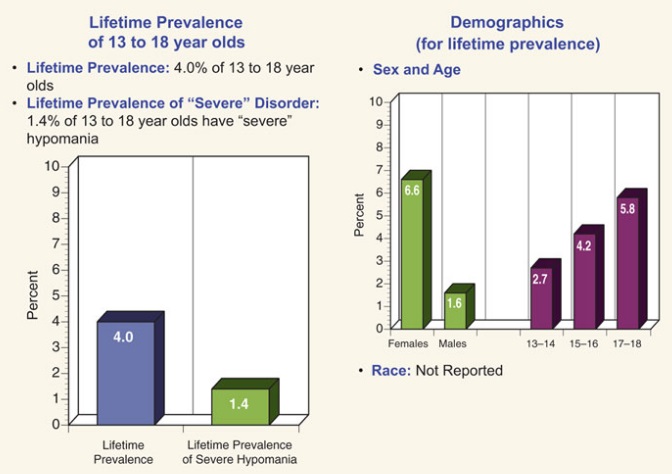Post-Traumatic Stress Disorder Among Children - Statistics
TweetPost-Traumatic Stress Disorder (PTSD) is an anxiety disorder that can develop after exposure to a terrifying event or ordeal in which there was the potential for or actual occurrence of grave physical harm. Traumatic events that may trigger PTSD include violent personal assaults, natural or human-caused disasters, accidents, and military combat. People with PTSD have persistent frightening thoughts and memories of their ordeal, may experience sleep problems, feel detached or numb, or be easily startled.
- 15-43% of girls and 14-43% of boys will experience a traumatic event
- 3-15% girls and 1-6% of boys will develop PTSD
- As many as 30 – 60% of children who have survived specific disasters have PTSD
- According to the National Center for PTSD: “Rates of PTSD are much higher in children and adolescents recruited from at-risk samples. The rates of PTSD in these at-risk children and adolescents vary from 3 to 100%.”
- 3 – 6% of high school students in the U.S. who survive specific disaster develop PTSD
- More than 33% of youths exposed to community violence with experience PTSD
- According the the National Center for PTSD: “Studies have shown that as many as 100% of children who witness a parental homicide or sexual assault develop PTSD. Similarly, 90% of sexually abused children, 77% of children exposed to a school shooting, and 35% of urban youth exposed to community violence develop PTSD.”



Sometimes crying or laughing
are the only options left,
and laughing feels better right now.

Current Issue
 Self Help Leaflets Take the help of our self help leaflets or booklets. |
 The DG Magazine All about living with depression |












